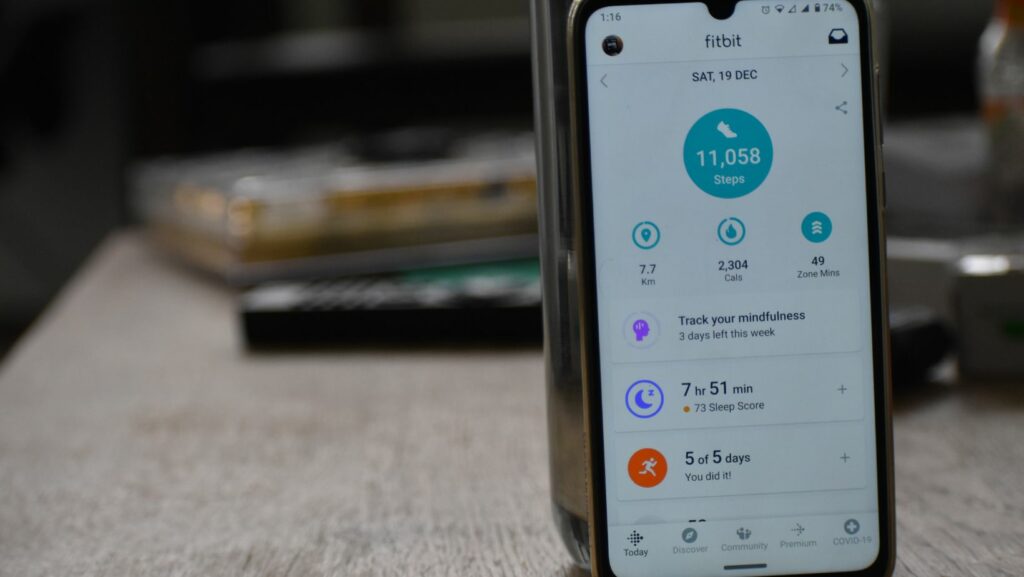
Developing a fitness app is much like embarking on a fitness journey itself. It requires planning, dedication, and a clear understanding of the end goal. In today’s digital world, where health consciousness is rising, fitness apps have become indispensable tools for millions. But how do you go from a concept to a fully functional fitness app? Let’s walk through the key steps and insights necessary for successful fitness mobile app development.
Understanding the Market and Defining Your Niche
The first step is akin to setting a fitness goal. You need to understand the market and identify your niche. Is your app targeting gym enthusiasts, yoga lovers, or people seeking home workout solutions? Each audience has different needs and preferences. For instance, a Harvard Health article highlighted the increasing interest in home workouts, especially post-pandemic. This insight can be pivotal in defining your app’s focus.
Designing User-Centric Features
Once you have your target audience, it’s time to plan the workout regime or, in this case, design the features of your app. This includes workout guides, diet plans, tracking progress, and social sharing capabilities. However, it’s not just about what features you have; it’s about how these features add value to your user’s fitness journey.
Prioritizing User Interface and Experience
A great user interface (UI) and user experience (UX) are like having the right workout environment; they can significantly boost user engagement.
Your app’s design should be intuitive, motivating, and easy to navigate. Think of it as a virtual personal trainer who guides and motivates users through their fitness journey.
Integrating Advanced Technologies
Integrating advanced technologies such as AI, VR, and machine learning can be a game-changer to stay ahead in the fitness app market. These technologies can provide personalized workout and diet plans, track performance, and even predict trends. A Forbes report on AI in fitness apps shows how these technologies transform personal fitness.
Ensuring Data Privacy and Security
In an era where data is gold, ensuring your app’s data privacy and security is paramount. Users are entrusting you with their health data, and it’s your responsibility to protect it. Implementing strong encryption methods and complying with data protection regulations should be non-negotiable.
Robust Testing and Quality Assurance
Just like regularly tracking fitness progress, testing your app for bugs and user experience is crucial. This phase ensures that your app runs smoothly and is free from technical glitches. Frequent testing and updates based on user feedback can significantly enhance app performance and user satisfaction.
Effective Marketing Strategies
No matter how good your app is, it might not reach its potential users without the right marketing strategies.
Digital marketing techniques like SEO, social media marketing, and influencer partnerships can increase your app’s visibility. A success story that highlights this is MyFitnessPal, as reported by TechCrunch.
Gathering User Feedback and Continuous Improvement
Finally, the journey doesn’t end at the launch. Gathering user feedback and continuously improving the app based on that feedback is essential. This iterative process ensures that your app evolves according to user needs and stays relevant in the competitive market.
For those looking to dive deeper into the intricacies of fitness app development, an excellent resource is fitness mobile app development. This comprehensive guide offers invaluable insights into every aspect of developing a fitness app, from conceptualization to launch.
In conclusion, developing a fitness app is a complex but rewarding journey. It’s about understanding the market, designing user-centric features, leveraging technology, and constantly evolving based on user feedback



